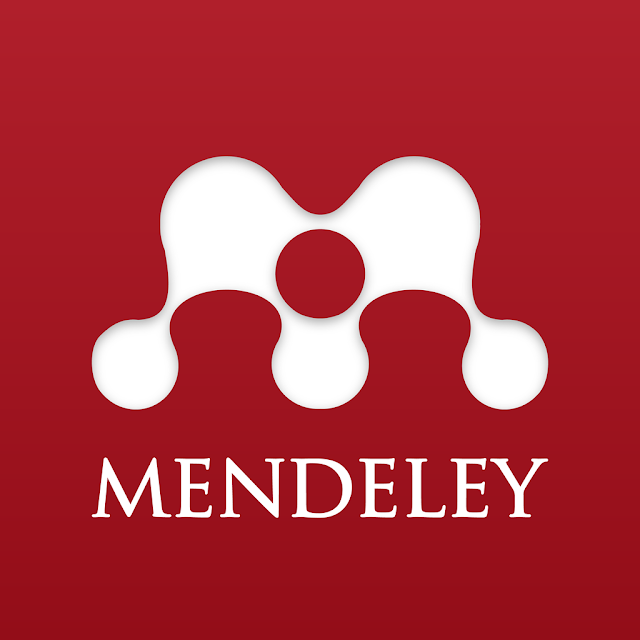Assalamualaikum warahmatullahi wabarakatuh. 🙏
Happy weekend loyal readers of my blog😊how are you today? I hope you are always healthy and happy🤗
Today I will make my first post, about the material that I have learned and understood this week in the Scientific Writing course, which is about "How to Write a Good Journal Article"
"How to Write a Good Journal Article"
Journal articles are shorter than books and written about very specific topics. A journal is a collection of articles (like a magazine) that is published regularly throughout the year. Journals present the most recent research, and journal articles are written by experts, for experts.
In writing a good journal article, we must first do planning the article , bad planning is one of the main reasons for rejecting articles, second in general we must answer the following 4 things in writing the article:
Introduction: What was the question?
Methods: How did you try to answer it?
Results: What did you find?
Discussion: What does it mean?
Structure of Journal Article :
TITLE PAGE
* Title of the paper
* Should be concise, informative and contain the major key words
* Full name of the authors and their institutional affiliations
* Addresses of the institutions at which the work was carried out* Full postal and email address, plus facsimile and telephone numbers (this is usually the first named author and depending on the journal policy)
ABSTRACT
* The requirements for abstracts varies considerably across journals
* Some are unstructured, others have headings
* TEFLIN Journal: (no more than 200 words)
* An abstract normally contains these following points:
→ Objective - broad aim of the research
→ Methodology: research design; research setting; participants - numbers, sex; interventions (if relevant); data analysis
→ Results - provide numerical data rather than vague statements
→ Conclusion and implication
INTRODUCTION
* Provides context or background to research
* Details the nature of the problem and its significance
* Provides a basis as to why your study is important
* Structure;
→ Start with a broad overview of the general issue to catch attention
→ In the next few paragraphs provide a concise summary of the past research
→ Highlight the gaps in the current literature or problems with past resear
→ Finish with a clear specification of aims- make it clear how your study will address the weaknesses identified in the literature
→ Avoid general statements and use references appropriately to support your comments
→ Clearly state the aim(s) of your study
→ Keep the writing professional and avoid too much emotion or 'sensationalising' the topic
→ Do not include data or conclusions from the actual study in the intro this section is a retrospective review of the situation before you started your study
METHOD
* Describe the sample, materials used, and the procedures undertaken to collect the data and how the data was analysed.
* Use past tense but passive voice
* Some journals use headings in the method section
RESULTS/FINDING
* Present results in a logical sequence using text/tables/ figures/graphs
* Do not repeat data in tables/figures/graphs in the text
* But don't expect readers to be able to interpret complex tables or figure summarise or highlight the key findings
DISCUSSION
* Emphasize the new and important aspects of the study and the conclusions that follow from them
* Link with previous studies presented in the Introduction (similar findings new insights?)
* State the limitations of the study
* Explore the implications of the findings for future research and/or for clinical practice
CONCLUSION
* Some journals require a separate conclusion section, otherwise this can be the final paragraph of the discussion
* This section gives you a chance to emphasize the 'take home' message of your study and its implications
REFERENCES
* Original research sources preferred
* Use most current publications (last ten years)
* Avoid citing a "personal communication" unless it provides essential information not available from a public source
* Different journals require very different referencing systems so check Journal website and follow the rules exactly
What I will do next as a follow-up to what I have learned this week is, I will apply the steps in writing a good journal article when I write a journal article later, starting from planning to write articles to the structure of the journal articles that are written good and right. From now on I have started to think and learn how to make good journal articles. So that later I will not be surprised when I write a thesis, when I will graduate from college.
Thank you very much🙏
#Greetings Dear loyal readers❤️



Well done, Veti.
BalasHapusKeep up doing the good work.